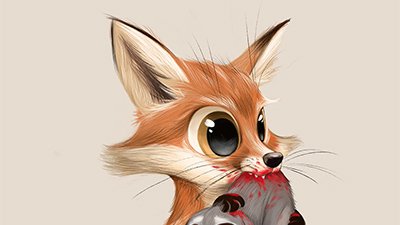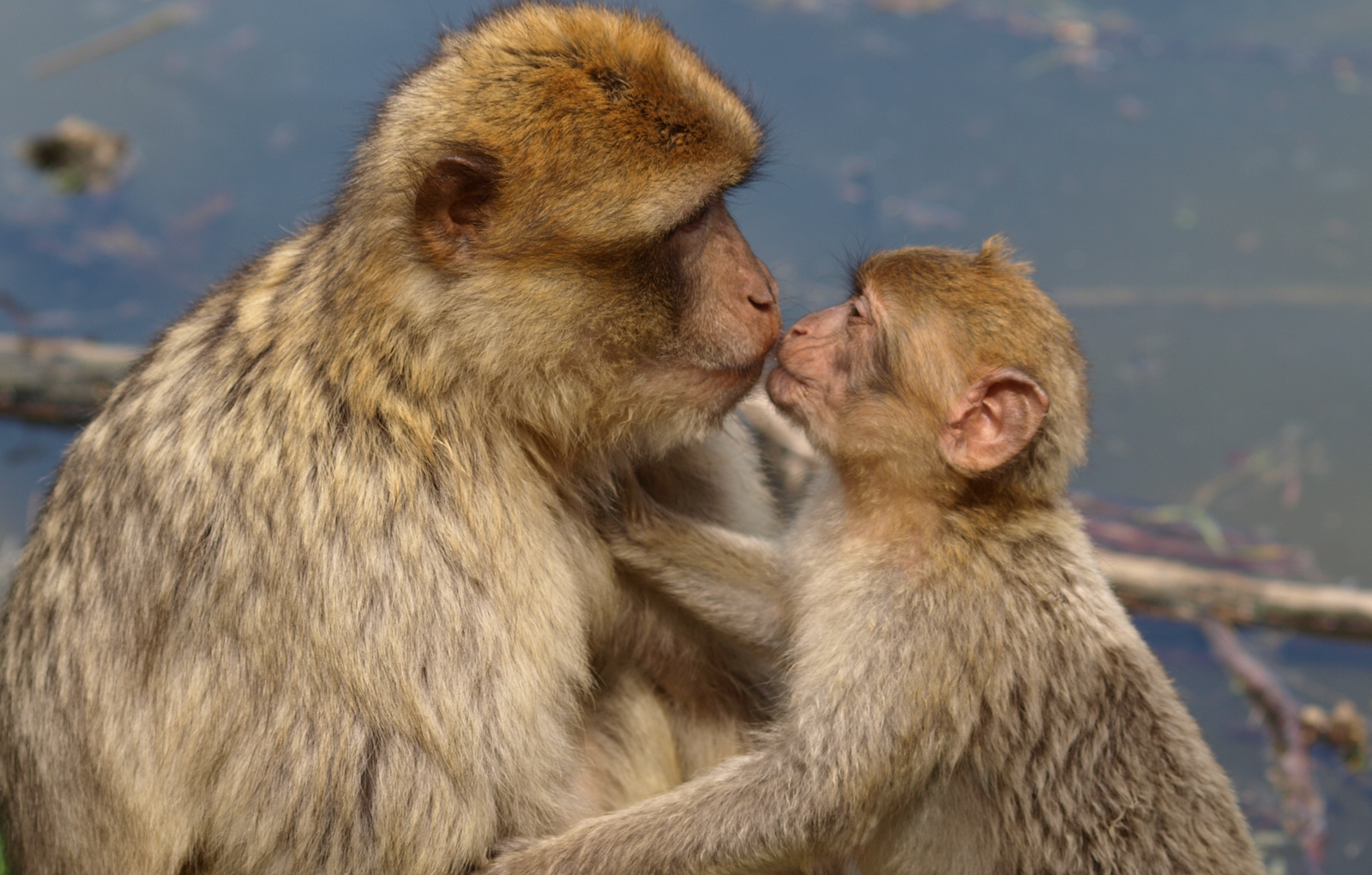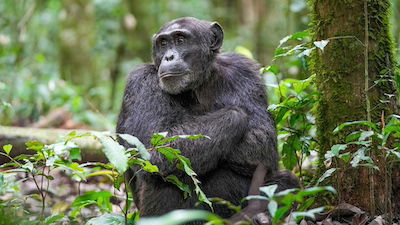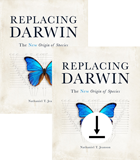
Why Do Humans Differ from Animals in Courtship and Sexual Dimorphism?
What does the animal kingdom tell us about relationships between the sexes?
Obviously there is a lot more variation within the animal kingdom. Some males are more showy, perform elaborate mating dances, and are larger than the females. But in many other cases, females are larger and just as ornamented. Consider that in some species, the female attracts the male—and in seahorses, she even induces the male to brood her eggs. But the general rule for mammals at least holds where males are typically brighter colored and have more ornamentation. So why is this? Classic evolutionary theory posits either sexual selection or the handicap hypothesis, meaning that survival of the fittest may mean survival of those with a better chance to mate and pass along their genes, regardless of their life expectancy (often shorter due to coloration affecting predation). Creation models posit preference genes and a possible biological tie-in between male fitness and coloration and ornamentation. The basis being that a God of order is also the God of beauty and prefers to keep some animals from becoming drab— basically a design argument for beauty.
The Creator may have installed a preference gene as a means of “maintaining” beautiful features. Beauty generally gives a disadvantage in terms of escaping from predators. If a peacock lost its colours due to a gene mutation, it would suddenly find itself more protected from predators. This is an example of where a loss of information could be a great advantage in terms of survival. Therefore, it is conceivable that the Creator would deliberately create preference genes for prominent aesthetic features such as colour.1
It could be that some critical biological traits, which are fairly widespread in the animal kingdom, are genetically linked to the male genes for the exaggerated trait. To eliminate the genes for the “handicap” ornament might imperil something important for survival. In some cases, females help maintain ornamentation via “choosy” genes, and in others, males themselves maintain the genetics for ornamentation for survival reasons. By embedding the requirement for the ornament, the degree of brilliance exhibited could convey male genetic quality to suitors. The end result is the maintenance of a more beautiful (and perhaps healthier) population that fulfills the Designer’s original purpose.2
In a fallen world, animals have immense pressure to reproduce so as not to become extinct. Additionally some animals have limited times of fertility, and during non-fertility times, males and females of the same species may not live in the same general area, or may be hostile to each other.
Now, regarding humans, God did not just leave us to the caprices of survivability—we are made in God’s image (Genesis 1:26–17).
Now regarding humans, God did not just leave us to the caprices of survivability, because we have greater intelligence than animals, can fashion defensive and offensive weapons, can alter our surroundings, and are often not prey for animals because of the God-instilled fear of man (Genesis 9:2). And when animals prey on man, we are to put down the offending animal (Genesis 9:5). God also does not want men to battle in courtship fights as animals do, which often turns deadly and would be murder in image-bearing humans. God created men and women to be attracted to beauty (or handsomeness) as well as character traits which are not physical. He also did not create us to be ruled by our instincts or controlled by pheromones the way animals are. After all, the Proverbs 31 woman is lauded for her industry, not her beauty.
And it is debatable (and in many cases culture-driven) that women are the ones who make more effort to attract a man. While it is certainly true that men and women are appreciative of a potential mate making efforts to be attractive, both are also attracted to personality, sense of humor, intelligence, skin tones, eye and hair color, etc. As the saying goes, “beauty is in the eye of the beholder” and both men and women see beauty in many aspects of the individual, visible and invisible. Conversely, both men and women see “ugliness” in many non-physical traits as well, such as laziness, having a quick temper, lack of hygiene, etc., which often negate the physical attractiveness of the individual.
While we often talk about love being an action (and it is), as opposed to purely emotional, there are plenty of examples of the emotion of love for a spouse (or potential spouse) in Scripture (Genesis 2:23, 24:63-67, 26:8; Ruth 3:18, 4:13; Esther 2:17; Proverbs 5:15-19; Song of Solomon 1:15, 4:7-15). While God wants us not to be purely motivated by emotional and physical attraction, it is not shameful to enjoy those aspects with our spouse in the greater context of love. So rather than being merely driven by courtship displays ultimately for reproduction, God wants humans to have an active love as well as a deeper, more reasoned, and, yes, more emotional connection with our mate. God himself is a relational being, and men and women have been created in his image and have the responsibility of reflecting Christ’s sacrificial love for the church in marriage. What an honor! That in and of itself should have us understand the biggest difference between us and the animals.
Footnotes
- Stuart Burgess, “The Beauty of the Peacock Tail and the Problems With the Theory of Sexual Selection,” TJ 15, no. 2 (August 2002): 94–102, https://answersingenesis.org/natural-selection/peacock-tail-beauty-and-problems-theory-of-sexual-selection/.
- David Woetzel, “The Origin of Beauty: Contrasting the Handicap Hypothesis and Design Theory,” Answers Research Journal 10 (December 13, 2017): 285–292, https://answersresearchjournal.org/origin-beauty-handicap-hypothesis-design/.
Recommended Resources

Answers in Genesis is an apologetics ministry, dedicated to helping Christians defend their faith and proclaim the good news of Jesus Christ.
- Customer Service 800.778.3390
- Available Monday–Friday | 9 AM–5 PM ET
- © 2025 Answers in Genesis




